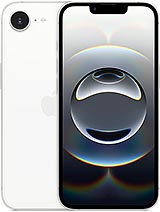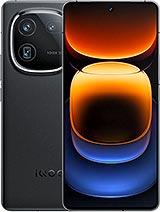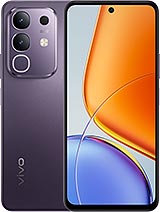Google Pixel 9a alternatives
Tap above to see alternatives.
Realme P3 alternatives
Tap above to see alternatives.
Google Pixel 9a

Google Pixel 9a
-
Tensor G4
4 nm
-
5100 mAh
23W
-
6.3"
1080 x 2424 pixels
-
48 MP
4K@30/60fps
- Specs
1x3.1 GHz Cortex-X4
3x2.6 GHz Cortex-A720
4x1.9 GHz Cortex-A520
1x2.3 GHz Cortex-A720s
3x2.2 GHz Cortex-A720s
4x1.8 GHz Cortex-A520s
8GB 256GB (UFS 3.1)
8GB 128GB (UFS 3.1)
8GB 256GB (UFS 3.1)
f/1.7, 25mm (wide), 1/2.0", 0.8µm, dual pixel PDAF, OIS
13 MP
f/2.2, 120˚ (ultrawide), 1/3.1", 1.12µm
f/1.8, 27mm (wide), 1/2.88", 0.61µm, PDAF
2 MP
depth
1080p@30/60/120/240fps
1080p@30/60/120fps
f/2.2, 20mm (ultrawide), 1/3.1", 1.12µm
f/2.4, 23mm (wide), 1/3.09", 1.0µm
1080p@30fps
SIM1: Nano, SIM2: eSIM
SIM1: Nano, SIM2: Nano (Hybrid)
18 5G bands
n1, n2, n3, n5, n7, n8, n12, n20, n26, n28, n38, n40, n41, n66, n75, n77, n78, n79
9 5G bands
n1, n3, n5, n8, n28, n40, n41, n77, n78
In this performance comparison, the Google Pixel 9a with its Google Tensor G4 (4nm) performs better than the Realme P3 with the Qualcomm Snapdragon 6 Gen 4 (4nm), thanks to superior chipset efficiency.
Google Pixel 9a offers 7 years of OS updates, whereas Realme P3 provides 2 years. For security updates, Google Pixel 9a offers 7 years of support compared to Realme P3's 3 years.
Both Google Pixel 9a and Realme P3 feature AMOLED displays, offering vibrant colors and deeper blacks. Both smartphones offer the same 120 Hz refresh rate. Google Pixel 9a also boasts a brighter screen with 2700 nits of peak brightness, enhancing outdoor visibility. Both phones have the same screen resolution.
Realme P3 features a larger 6000 mAh battery, potentially delivering better battery life. Realme P3 also supports faster wired charging at 45W, compared to 23W on Google Pixel 9a. Google Pixel 9a supports wireless charging at 5W, while Realme P3 does not support wireless charging.
Realme P3 offers better protection against water and dust with an IP69 rating.
¹ Scores can vary even with the same chipset due to RAM, thermals, and software optimization.











